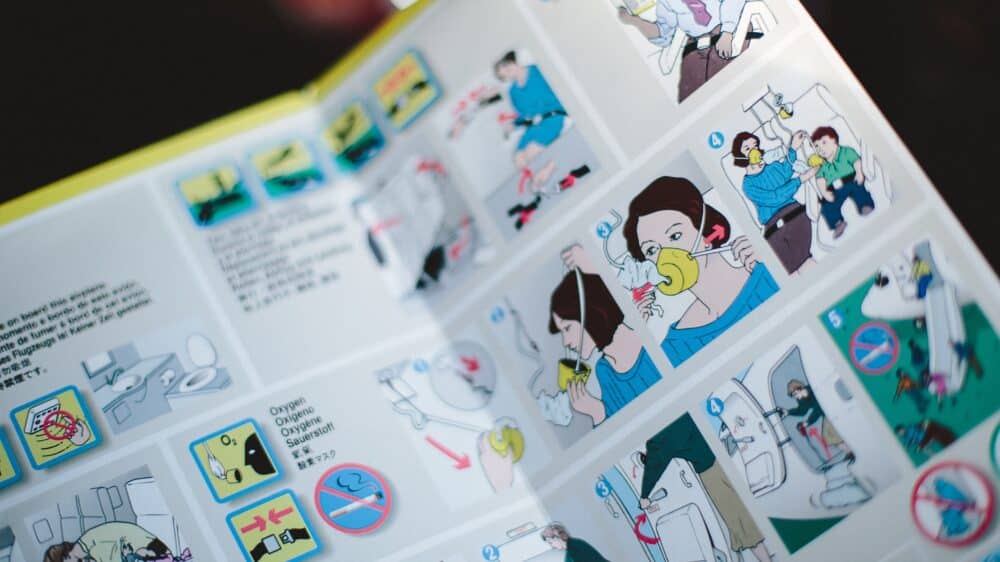Signs of lack of sleep are the key to determining if our child needs sleep at this time or if they have a sleep debt to catch up on. Signs of lack of sleep identified in studies in many children vary and can manifest in different ways, from looking sleepy to being restless. Here’s what to look for in your child:
- He yawns.
- He nods off (his head falls forward and then rises again (e.g., the child falls asleep on his plate).
- He rubs his eyes and his eyebrows are red.
- He is irritable: nothing seems to satisfy them, he becomes impatient, on edge or hot-headed.
- He cries more easily than usual.
- He falls down more often than normal, he/she is clumsy.
- He talks more or repeats the same story over and over.
- He seeks comfort.
- He is agitated (he/she moves back and forth, has repetitive behaviors, his/her movements are faster or disorganized, as if they had eaten too much sugar)
What is the ideal time to put the little ones to bed?
Generally speaking, the best time to put your little ones to bed is before the signs of lack of sleep appear because after this stage, falling asleep may be more difficult or done in a hurry (quick, quick, quick, go to sleep).
In order to get on the sleep train at the ideal time, you need to take the time to observe your child and perhaps go through trial and error to find the ideal time window to start the routine and put him to bed. The biological clock is worth listening to.
Therefore, one of the keys to learning to sleep is to encourage falling asleep and sleeping by trying to anticipate signs of lack of sleep and then, being predictable and consistent as much as possible. This way you can catch the train so to speak.. Waiting for signs of lack of sleep to appear is also an option, but for some children, falling asleep will be more difficult because lack of sleep interferes with sleep. It’s up to you to determine what is best for your child to guide him or her towards independent sleep.
Yes, but what is the ideal time?
Research done in North America and some European countries on large samples of toddlers reports an average ideal bedtime between 8:00 and 8:30 p.m. for children over 2 years old.
Bedtime, like mealtime, is also influenced by our culture and family values. Whenever possible, it is best to follow the rhythm of your child’s biological clock. Signs of lack of sleep do not take into account time zones and are, therefore, the best clocks for knowing when to go to bed.
The ideal time in phase with the realities of life requires a little math
Sometimes children’s biological clocks are not in sync with the constraints of work and family life. It is then necessary to try to reconcile the situation in order to help your child sleep at a time that will allow him to get enough sleep.
In order to realign in one direction or the other, it is recommended to adjust the bedtime gradually in 15-minute increments over 2 or 3 days, for example, to reach the desired time. This is the same technique used to adjust to the time changes in the spring and fall. This way, we train the biological clock to ring the bell at a time that is not too far from the biological time, but in phase with the reality of the time of getting up to go to daycare, for example.
Here is an example: if a 2-year-old child needs about 13 hours of sleep and takes a 2-hour nap in the afternoon, he should get about 11 hours of sleep at night. If he has to get up at 6:00 a.m. to go to daycare, then we would try to get him to bed, or train his clock to approach bedtime, before or around 7:00 p.m. so that he gets his 11 hours of sleep at night.
13 hours recommended over 24 hours – 2 hours of daytime sleep = 11 hours of nighttime sleep
Gets up at 6 a.m. therefore bedtime is around 7 p.m.
If we keep the same sleep requirements, but change the time we get up to 8:00 a.m., we end up with a bedtime that is around 9:00 p.m.
| In any case, the real ideal time to go to bed is before you get too tired, whether it’s 7:00 or 11:00 p.m. At all ages, sleep is delayed when you are too tired. This recommendation applies to parents too! |
So how are things going at home? Do you go to bed before signs of lack of sleep are there or once they’ve set in?










